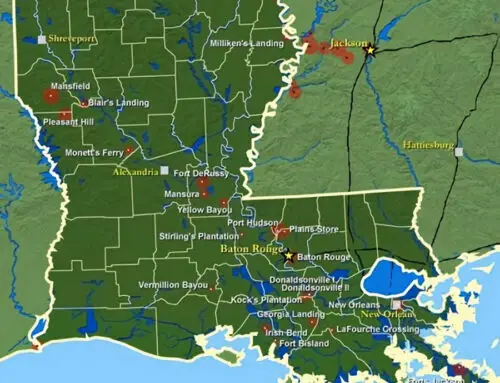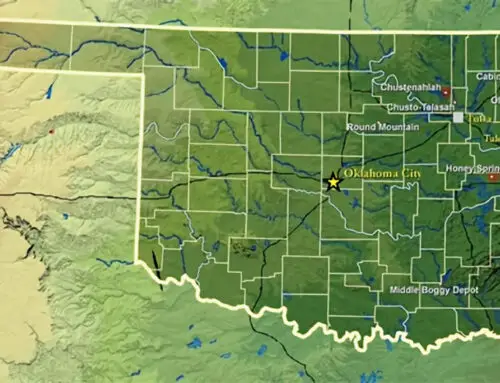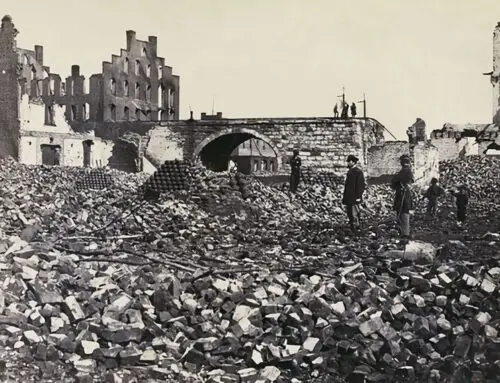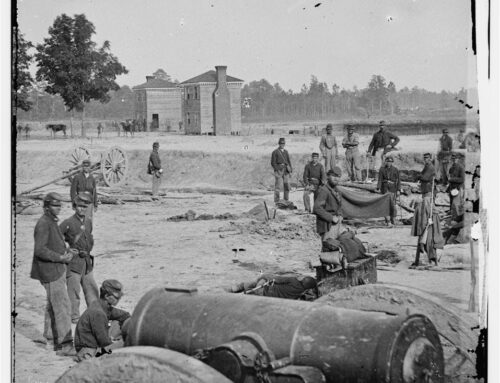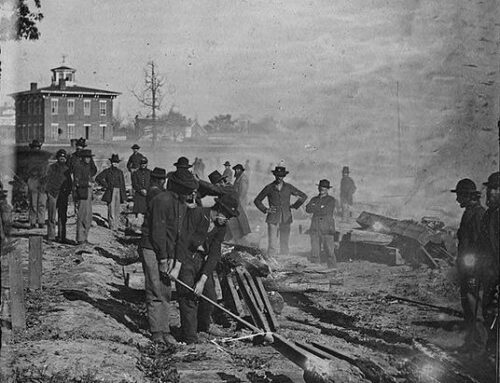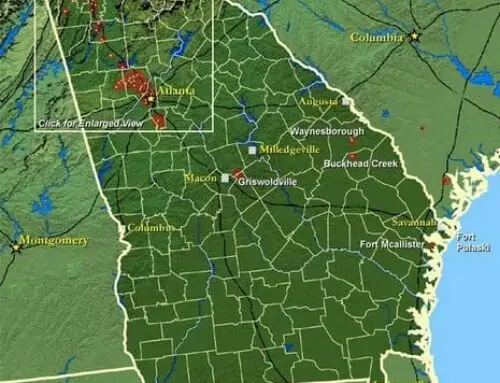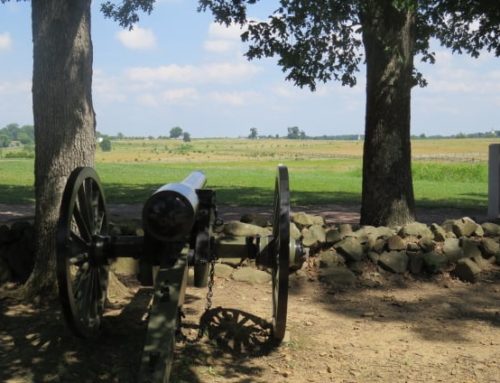March 10th – May 22nd 1864
The Red River Campaign was the result of a problem the North and its Union leaders had. Besides the obvious ones concerning battles and deaths and men losing their lives for the sake of freedom for the slave-cause, there were supply issues. The North had an enormous cotton-industry during the Civil War. The need for tons of raw cotton was a much-needed requirement for all of the finished products.
The problem with civil wars is that once initiated, the goods and supplies that were being cross-traded suddenly cease. The South was not shipping cotton to the North after Ft. Sumter. The plan was to occupy the great state of Texas and secure all the cotton they needed. The military plan to supply the textile mills of the Union was to invade the state and take over. Not an easy task with the rugged terrain and the resilient Texans.
Today’s Interstate 30, in Texas, can be used as a tracking line for the route taken by the Union into Texas. General Banks was chosen as the leader of the Union force that was to gather at the Red River in Louisiana to join with a force of Yankees from Little Rock, Arkansas. Together, the two armies would then invade Texas and The Red River Campaign was at hand.
The first task was to take the town of Little Rock and secure the border. With this completed the march to Austin was begun. The Little Missouri River Battle was the first conflict in Texas and resulted in the Confederates being pushed farther back into the state.
The Union was securing the first areas of the invasion of Texas and a long and drawn out process was to be dealt with. The fighting was tough as the spring rains of Texas came a calling and the troops were essentially stuck in the mud. This did not help the invasion.
The plan of attack was altered and the Union army abandoned the invasion for the present time. No one was saying this but in the hearts and minds of the Union brass, Texas was just too big, too wet, and too tough to be taken.
The state of Texas was left to her own devices. The repercussions were many for the Union from the fall-out of the travesty called The Red River Campaign. The goal of cotton producing land was unrealized and if it had actually been completed, the political machine was hard at work through cotton-speculation and sorts. From the start to the bitter end, the invasion was a farce, with many men losing their lives over, cotton.

